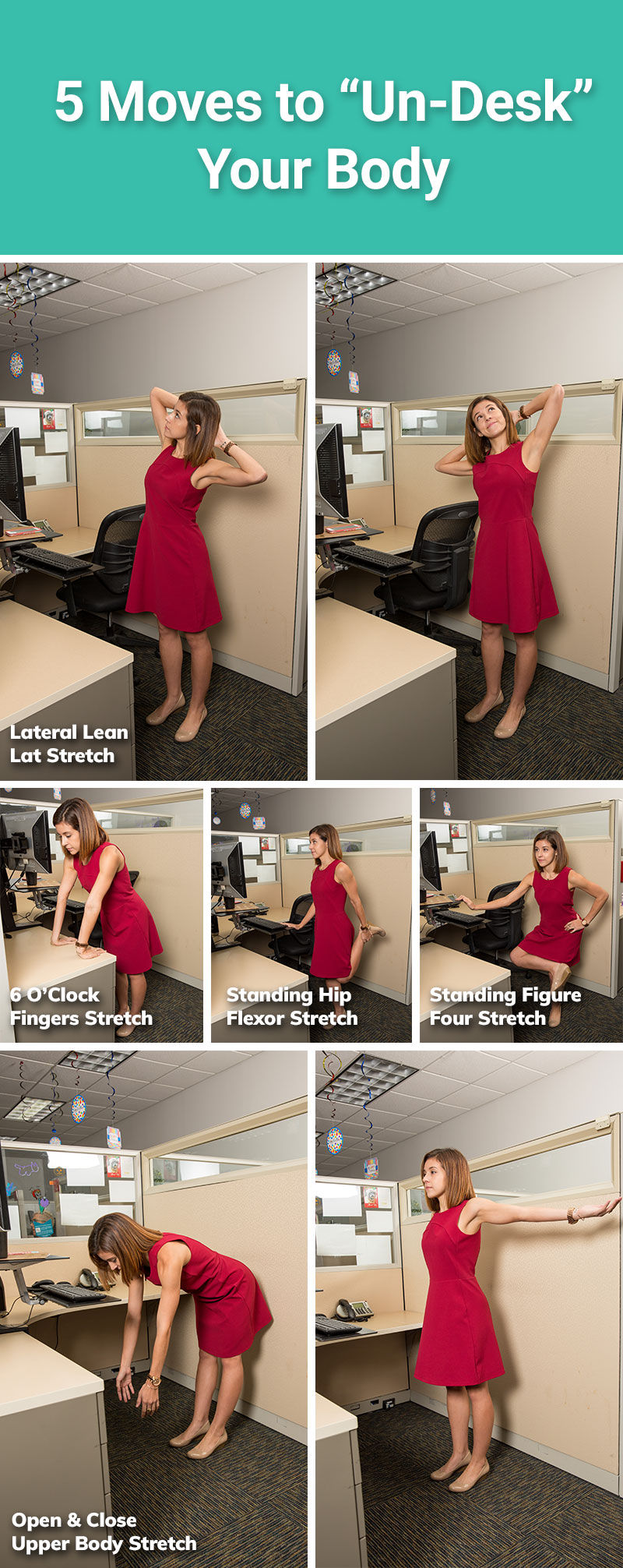The average American is inactive nearly eleven hours per day, independent of sleep, according to the Centers for Disease Control. Despite the human body being designed as a perpetual motion machine, modern life has allocated our daytime hours to sitting in cars, on couches and in front of computers, which has left many of us hunched over and in constant pain.
You might be wondering, “How can doing NOTHING actually cause problems?”
The human body is extremely efficient. The form and function of muscles adapt almost immediately to the demands placed on them. When you are perpetually active, your muscles improve their neuromuscular, biomechanical and metabolic machinery to accommodate your activity. Oxygen and glucose are transported to the cells more and more efficiently. Muscles contract and relax as they were designed to do.
When you’re not active, however, your muscles adapt to inactivity. Metabolism of lipids slows down, oxygen and glucose transport to the cells becomes less robust and efficient. Sitting for hours at a time convinces your muscles to accommodate this “scrunched” position. Hip flexors shorten, the neck and upper spine protrude forward, and the glutes and hamstrings weaken. Over time, this creates tension, compression and other pain-inducing joint pathologies.
The good news is that with short, efficient movement breaks throughout the day, you can “un-desk” your body and decrease the health risks of inactivity.
Perform these five movements every 60-90 minutes throughout the day. There’s no need to even leave your desk. In addition, try to stand up every 20-45 minutes and always be looking for ways to move more throughout your day.
“6 O’clock Fingers” Stretch
Computer keyboards require your hands to be in a near “forced pronation” position most of the day. In this case, the fascia of your anterior forearm muscles shorten and eventually give way to elbow and wrist pain.
- Stand at the edge of a desk or counter.
- Place your hands on the surface.
- Externally rotate your hands so that the fingers are facing your body, as close to the “6 o’clock” position as possible.
- Without causing pain or extreme discomfort, lean forward and bring your palms toward the surface of the desk or counter.
- Attempt to straighten the arms at the elbow.
- Keeping your palms on the surface, lean back, feeling a stretch of your forearm muscles.
- Hold for 30 seconds.
Lateral Lean Lat Stretch
The “hunched” position so many people assume while sitting at a desk creates a tightening of the muscle and fascia system associated with the lat muscles. Because the lat muscle integrates throughout the entire upper body, this can cause poor posture and pain.
- Standing upright, clasp your fingers behind your head without straining the neck.
- Keeping both feet on the floor, turn your head to look at the left elbow.
- Maintaining this position, lean your torso to the right without bending forward or extending backward.
- Hold the stretch for 30 seconds.
- Repeat on the opposite side.
Standing Hip Flexor Stretch
When you sit in a chair for extended periods of time, the muscles that help you elevate your hips against gravity become tight and short. Because these powerful muscles have origins and insertions involving the spine, pelvis and leg bones, improper function can create pathology, pain and poor posture.
- Place your left hand on the surface of a desk or chair for balance.
- Bend the right knee and grip the right ankle, slowly bringing the right heel toward the right glute muscle.
- While doing this, tighten both glute muscles to avoid an excessive arc in the lower back.
- Bring the right knee toward the left knee while keeping the glutes tight and spine upright; try to straighten the left leg.
- Hold the stretch for 30 seconds.
- Repeat on the opposite side.
Standing Figure-4 Stretch
While sitting creates a shortening of the hip flexor muscles, the hip-extending, externally rotating glute muscles often lose strength and functionality. This is because sitting holds the hips in a “flexed” position. Without proper glute strength and functionality, the lumbar spine is put under greater stress.
- Place your hands on a desk or chair for balance.
- Place the outside of your right ankle above the kneecap of your left knee (this forms a “4” position with your legs).
- Keeping the chest upright and the hips facing forward, bend the left knee and lean back slightly.
- To increase the stretch in the right glute muscles, place a hand on the inside of the right knee and push gently toward the floor.
- Hold the stretch for 30 seconds.
- Repeat on the other side.
Open and Close Upper-body Stretch
Sitting continuously forces your lumbar spine (lower back) into flexion. It also elevates and protracts your shoulder blades, while internally rotating at the shoulders. In a nutshell, everything is held forward. In this case, the muscles that help your spine to extend, your shoulder blades depress and retract, and your shoulders to externally rotate lose strength and functionality. A whole host of pain and pathology are the result.
- Standing upright, flex forward at the waist without bending at the spine. Your hips should shift backward and the arms should hang naturally in front of the body.
- After three deep breaths, return to an upright position while simultaneously moving the arms away from the body laterally, approaching a position just below parallel to the floor.
- While raising the arms, rotate the thumbs backward, facing the palms of your hands toward the sky.
- As your arms raise in this position, picture the thumbs moving toward one another behind your back.
- Once upright, continue to extend the spine, without pain, to a position where your chest is facing upright, your arms are slightly below parallel to the floor, your palms are facing upward, and your thumbs are moving toward one another.
- Hold this position for three breaths and repeat five to 10 times.

Your body is a perpetual motion machine that is constantly adapting to the demands you place on it. Set a reminder to perform these stretches and move every 60-90 minutes throughout your day to improve your health, happiness and performance in life.
 by
by 








